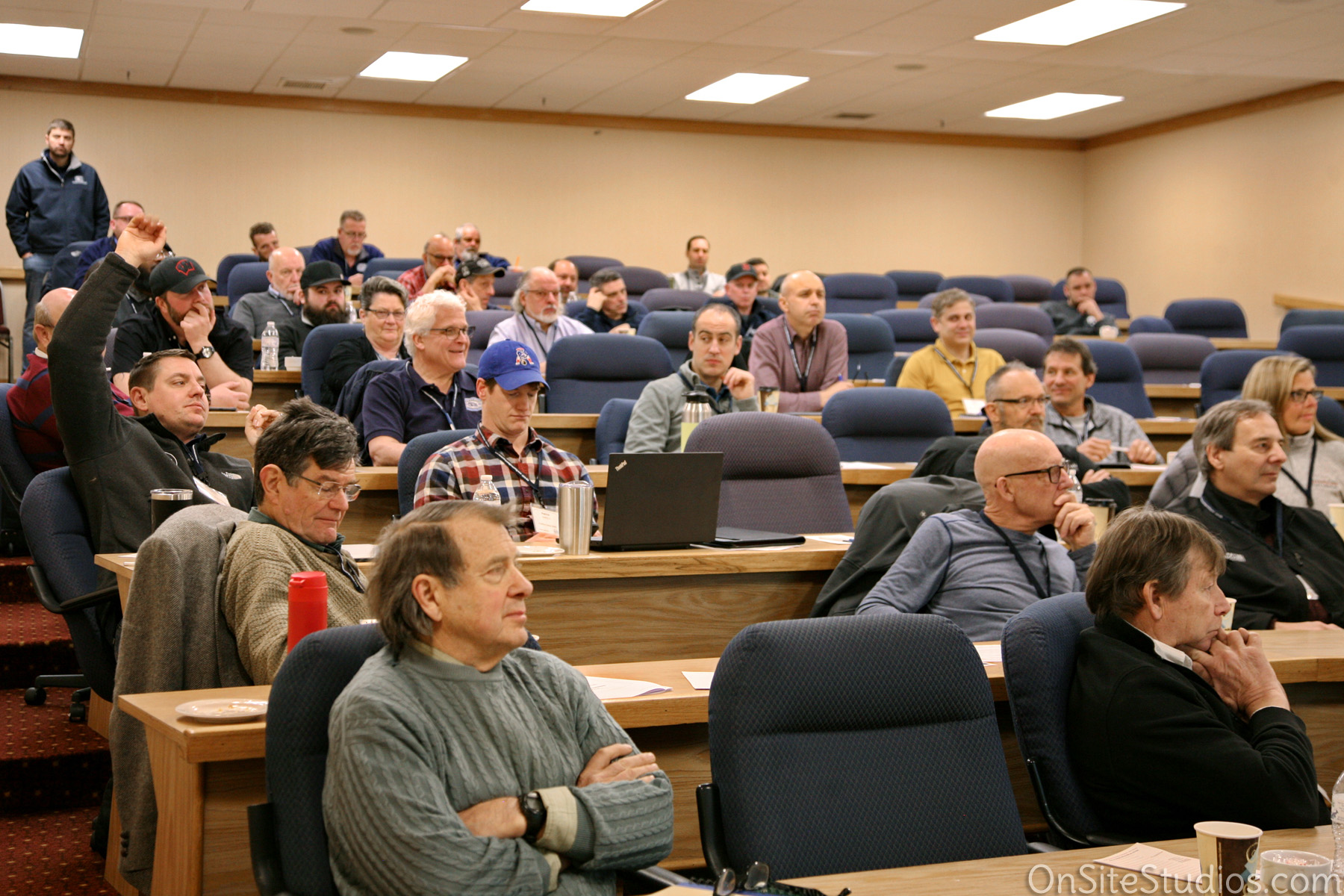Posted by Ron Peik, Alpine Environmental, EM NARI Director Co-Chair, Government Affairs
The first class at 7 AM for the Remodelers Conference covered how to work on homes with lead paint and how to comply with the EPA’s RRP Rule. This April marks the 10 year anniversary of the Remodeling, Repair and Painting Rule, issued by the EPA, for work at all residential and child-occupied facilities in the country built prior to 1978, and requires remodeling and painting contractors to be trained, certified, and to follow lead-safe work practices. This is the case for any contractor who disturbs greater than 6 square feet of interior lead-painted surfaces per room or 20 sq ft of exterior area.
Shortly after the RRP Rule was put into effect in 2010, the Massachusetts Department of Labor Standards (“DLS”) took over enforcement on the state level and added a few additional requirements for contractors. Namely that a certified RRP/Lead Safe Renovator must be on-site for the duration of the RRP phase of the project. The EPA only requires the Supervisor to be there during setup and cleanup at the end.
The first speaker in the session was Michael Weakley, Supervisor of Lead and Asbestos Enforcement, Massachusetts DLS. Michael reviewed contractor requirements to both notify residents of the work and to train their employees and follow proper work practices. He reviewed the significant fines that DLS could levy on a contractor who violates the work and documentation requirements of the regulation.

Next up was David Cannata, a senior trainer from LeadSMART Training Solutions of Somersworth, NH. David covered the details of the medical monitoring program, which is required in order to be an RRP certified contractor. Medical Monitoring Programs are also mandated by OSHA for contractors working with lead paint and require them to routinely test their employees’ blood lead levels to make sure they are not being exposed to excessive amounts of lead due to remodeling or paint jobs. The many layers of regulations make this a complicated process to follow but David’s information clearly laid out the steps a contractor needs to follow to successfully navigate through the RRP process.


